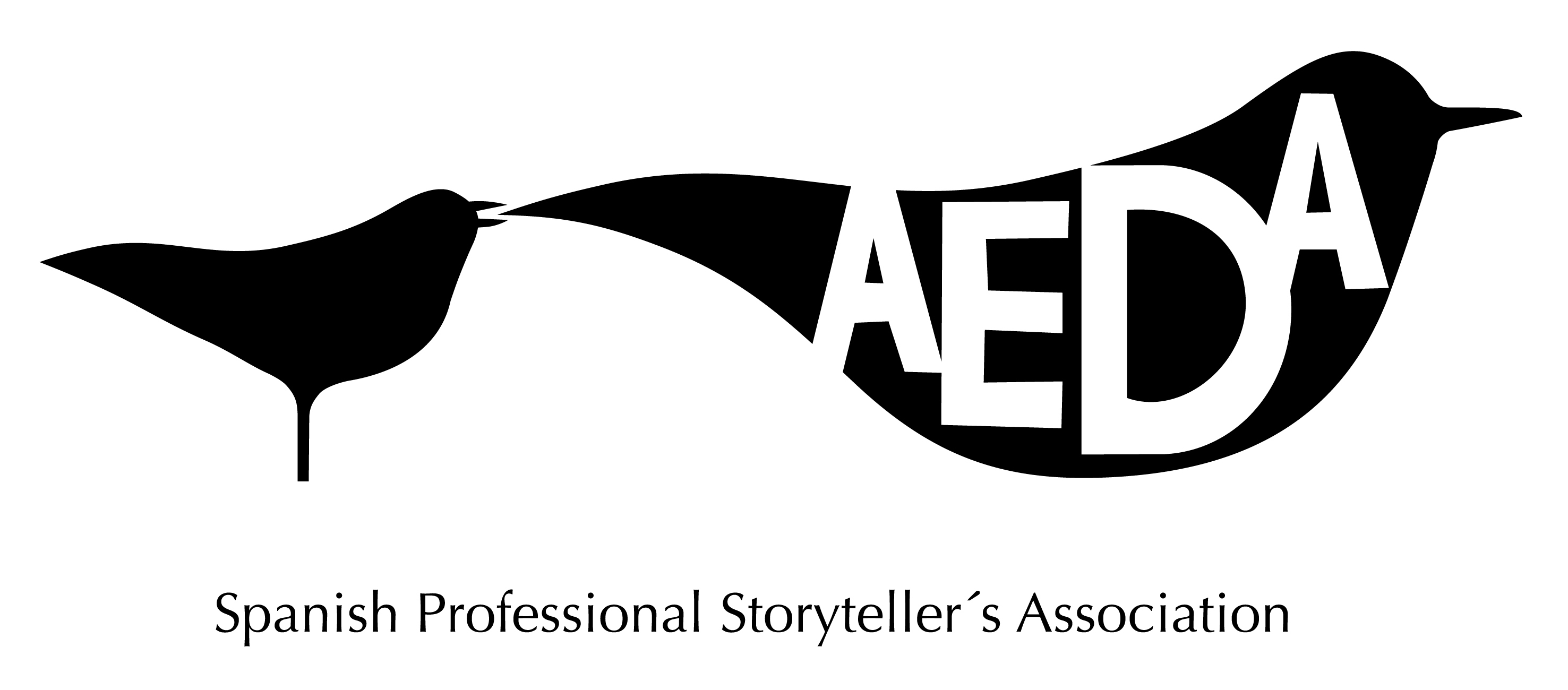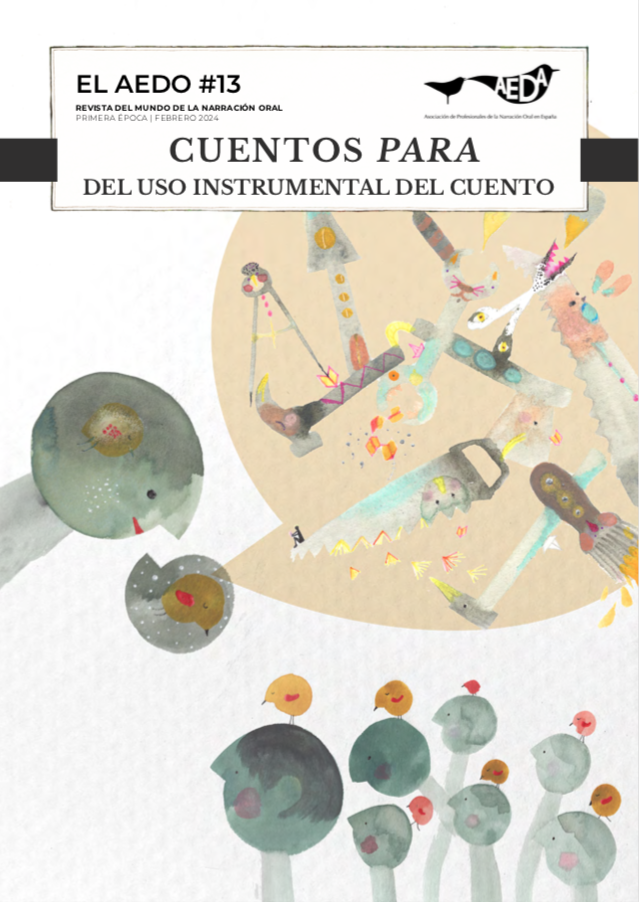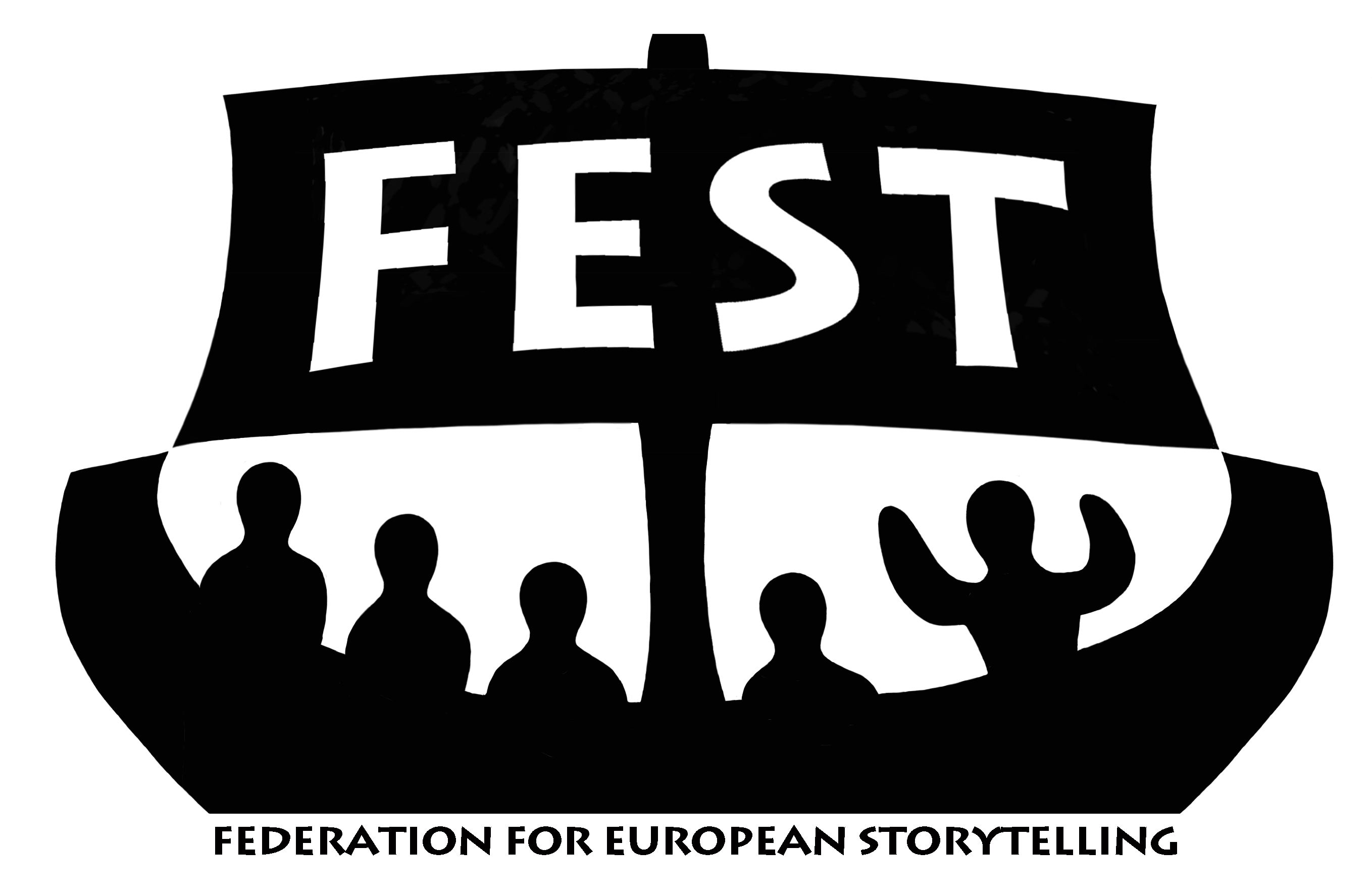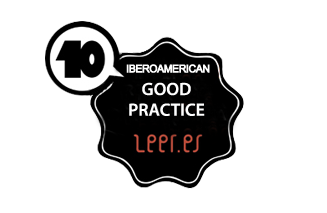As far as we can discern, the sole purpose of human existence is to kindle a light in the darkness of mere being.
Carl Gustav Jung
The species of Humanity comes from darkness, when night covered the earth, everything became threatening. Humans, sensitive beings, felt the cold on their naked bodies, and were afraid of the howls of wolfs and the snarls of beasts that wandered nearby their primitive shelters.
As the first humans mastered the art of hunting to defend themselves and to feed off the animals they began to wear their skins to protect themselves from the cold. It was a treacherous and arduous time as they were at the mercy of the elements, and survival was a constant challenge with death always just around the corner. These fragile beings were able to succeed thanks to their superior intelligence.
In the dawn of human civilization there was an urge and desire to symbolize. Human beings discovered fire and created art, leaving behind works of great beauty in caves like Altamira. In those times, they would sit around the fire and tell stories, sharing their feelings and hopes. That eagerness to communicate, to talk about ourselves, and confide to another is one of the most powerful instincts of being human.
Talking about oneself requires the ability to imagine and symbolize. Thus, from this urge to tell, human beings started to design and develop fictional stories, under the splendorous stars that shone at night, guiding them as they walked blindly to their destination, in an uncertain fight for survival.
The taming of fire and story telling are two of the greatest achievements in human history. Human beings sheltered from the cold and wild beasts in caves, which in time were transformed to become homes. There was a need to express life: their anguish, loneliness, vulnerability, their initiation experiences and to discuss death. In the infinite night of time, humans give testimony to their adventure, their discoveries, misfortunes, happiness and their desire to transcend through stories.
Since the beginning human beings have imagined, created and invented. The paintings in Altamira is a creation that goes beyond the bison and hunters represented and speak of a sacred moment in which fantasy and imagination truly create the world.
If we were able to track down the first stories of the first human beings, which would be the basic themes? Experts consider the Epic of Gilgamesh to be the first predecessor of fairy tales. This poem speaks to us about an initiation journey, which is at the heart of the distant origin of fairy tales, and one of its main themes is the search for immortality.
Most cultures offer myths filled with messages that illuminate the dark night of the cosmos. Rather than God, it is a storyteller, a human being that can keep these stories living through generations. In our Judeo-Christian tradition, the creation of the world in the book of Genesis describes how light appeared from the darkness.
The urge to express oneself and tell our own story, adds a dimension at least as powerful as death. Tales are created as a window to a new dimension, to comfort us and make us forget our vulnerability and transcience. Fairy tales are our companion in the death of night, by the heat of the fire and under the stars, they become the light in the cosmic night of our unconscious, the connection to an absolute soul that has been present since the very beginning, long before the consciousness of self appeared.
In the midst of the darkness of creation, the light of that absolute soul emerges and reveals itself to us through symbols, through transcendent stories that appear like powerful beams from the night of times all the way up to our days. Stories, like dreams, are a revelation of the total psyche, and talk to us about all meaning full things throughout the transit of humanity. These stories, expressed through metaphors, images and analogies, are the masters of a profound human language, the language of symbols. These symbols are mysteries that cannot be fully recognized by our consciousness, nevertheless, they move us in a powerful way, and help us to live a life that is deep and meaningful.
Fairy tales belong to this ‘different’ reality. Through symbolic language storytellers can transmit a magical dimension where dark and unknown elements from the dawn of humanity, appear and shed light on the process of indiviudals and the species.
We find forests filled with danger, mysteries and secrets, where children get lost. Young boys traverse deep woods to fulfill the tasks that may break the spell that turned a kingdom into stone statues. The forest is a symbol that appears in many fairy tales and has its origins in authentic, uncivilized wild forests, filled with animal life and nature. Thanks to Vladimir Propp we know that initiation rituals in primitive cultures took place in isolated houses in the middle of the forest, far away from the rest of the community.
The trail through a forest is a common motif in fairy tails. It is often accompanied by the hero or heroine being abandoned, forced to fend for themselves against cold and hunger. They usually lose their way on the path, trapped in the darkness of the forest, at the mercy of the elements and wild beast. Then, something wonderful may happen, like in the story of Tom Thumb, the smallest and youngest of the brothers will climb a tall tree and spot a faint light in the distance that will guide their steps. Thus, fairy tales speak to us about humanity traversing through the dark night to access the light of consciousness, and begin developing knowledge and wisdom. In the midst of darkness we find the light. Jung mentions this in a dream he had:
“It was night in some unknown place, and I was making slow and painful headway against a mighty wind. Dense fog was flying along everywhere. I had my hands cupped around a tiny light which threatened to go out at any moment. Everything depended on my keeping this little light alive. Suddenly I had the feeling that something was coming up behind me.
I looked back, and saw a gigantic black figure following me. But at the same moment I was conscious, in spite of my terror, that I must keep my little light going through night and wind, regardless of all dangers.
Later Jung commented:
When I woke up, I realized that that monstrous shape was in fact my own shadow, projected by the feeble flame that I was holding in the middle of the storm. I also knew that that faint light was my consciousness, the only light I had. Against the power of darkness it was my only light.
Since ancient times, stories have accompanied us through the forest of existence. They talk about the clock of growth ticking, and offering a safe place to shelter from the big, bad wolf and how with his mother’s help he an rescue his brothers from the belly of the wolf. Stories tell us about the gift of a supremely soft cloak, that like the water of our mother’s womb, helps us to create the first self-image of the skin to skin bond.
Human beings probably invented these stories after narrowly escaping death, or after having witnessed someone being devoured or perhaps because that were never able to experience the tenderness of a pair of comforting arms and a warm lap. Those that were saved, could then portray and pass on their experience to others through the stories, who could then access and drink from that source and make it their own, even if they had not lived the experience personally. Fairy tales have been and will be with us forever, igniting an inextinguishable light in the darkness of the Self.
The child was looking at the full moon shining, laying down in bed, still feeling the warmth of the cloak that his mom had covered him with, after telling him a story. Now alone in his room, he could see the light of the stars and the fluorescent constellations on the celling. His eyes started shutting as he remembered his mum saying that the little brick house of the oldest pig could not be knocked down by the wolf…
Clínical Psycholigst, Psycodramatist y Psycoterapist. Author of Junguian Symbolic Psycodrama.
Translated by Luis Manuel Zamorano Henche
This article is part of AEDA’s 88th Newsletter









